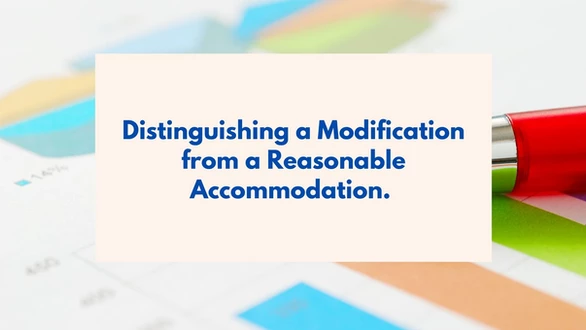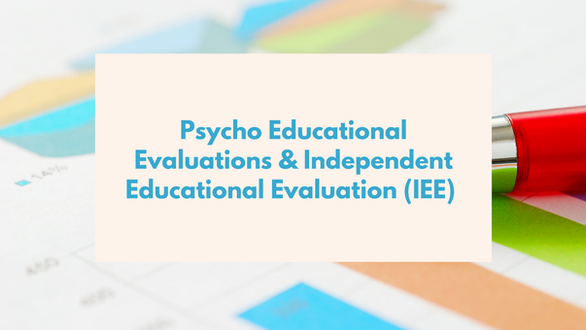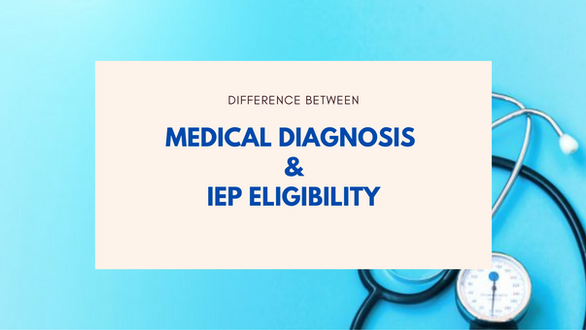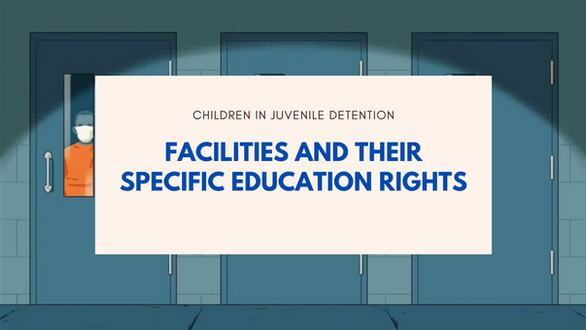For the first time in California IEP’s (Individualized Education Program) history, a school district attorney described my client’s goals as “appropriate and ambitious.” I have been asking that this be the standard for as long as I can remember. In the past, the same attorney asserted that the school district’s only job is to pass a child from grade to grade; never were such descriptive phrases used.
The terms “appropriate and ambitious” actually comes from the Supreme Court’s ruling in the 2017 case of “Endrew F. v. Douglas County School District Re-1, 137 S. Ct. 988.” Here, the Court interpreted the scope of the Free Appropriate Public Education (FAPE) requirements in the Individuals with Disabilities Education Act (IDEA). The Court sustained, to meet its substantive obligation under the IDEA, that a school must offer an IEP (Individualized Education Program) that is reasonably calculated to enable a child to make progress that is proper for the child’s circumstances (not grade to grade). The Court additionally emphasized the need that “every child should have the chance to meet challenging objectives,” and that the offer of Free Appropriate Public Education must be “appropriately ambitious” and include “challenging objectives” for all students. This case offers many valuable lessons for school teams based on a more nuanced approach to determining the adequacy of an IEP. Taking the Endrew F. decision as a whole and examining the areas in which it deviates from the Board of Education of the Hendrick Hudson Central School District v. Rowley case, it would appear that such explanations must, at minimum, have:
· Robust evidence;
· Parental participation in the process;
· Present levels of academic achievement and functional performance that are clear and correct;
· Goals and objectives that are appropriately ambitious for the specific child, and logically flow from the established present levels;
· Implementation of timely and evidenced-based decisions regarding progress toward goals and objectives; and
· The ability to make necessary adjustments.
The language utilized to discuss the progress in the Endrew F. case is stronger and more direct than that of the Court’s 1982 pronouncement of the Free Appropriate Public Education standard in Rowley. In the post-Endrew F. special education world, IEP teams are tasked with developing ambitious and attainable goals given the unique circumstances of each student. School teams must, therefore, make sure that a lack of progress is due neither to poorly drafted goals, inadequate instructional practices nor flawed data collection. Most importantly, IEP teams must consider far more broadly each child’s unique circumstances and truly consider what their potential is. No longer is it sufficient to rely on a WISC (IQ test) to gauge what is appropriate for a child’s potential.
Further, it is not enough to set goals that are just ambitious. An IEP that lacks meaningful educational goals is likely to be fatally defective. See, e.g., Susquenita Sch. Dist. v. Raelee S., 25 IDELR 120 (M.D. Pa. 1996) (The parents were entitled to two years’ reimbursement at a private school because the student’s IEP lacked meaningful educational goals; and, as a result, also lacked adequate short-term objectives, criteria for measuring progress, and adequate programming or services to address the student’s identified problem areas); and Conemaugh Twp. Sch. Dist., 23 IDELR 1233 (SEA PA 1996) (recognizing that no program can appropriately address a student’s needs without first defining the goals it is expected to achieve).
In Summary, goals must not only be ambitious – the District has a duty to achieve them. This day was a turning point for me and the Special Education community.











